Oleander (Nerium oleander)
Crank Up The Funky Music, This is Reproduction!
Although established Nerium oleander is considered
to be a very drought resistant plant, it prefers to live in a
very moist habitat because in its
early stages of life there is a greater need for water then in
the adult stages. Oleander engages
in sexual reproduction, however it can self pollinate, but this of course is not ideal because genetic diversity is very important in order
to survive as a species.
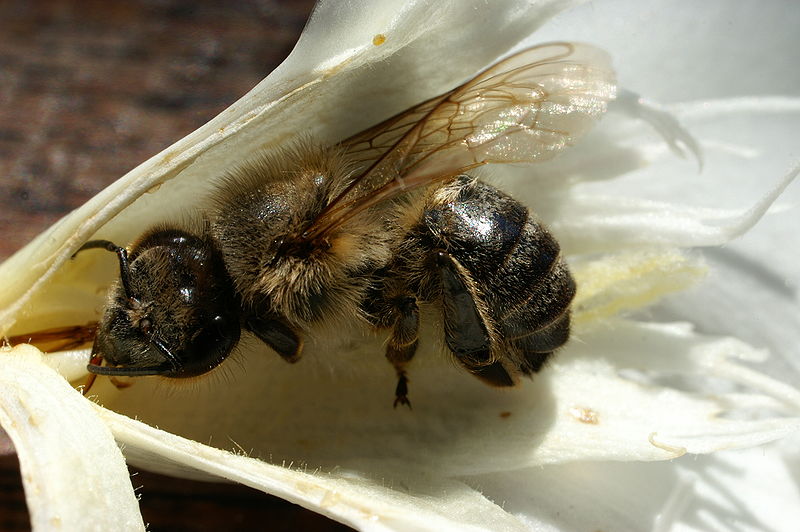

When Nerium oleander is engaging in sexual reproduction
it goes through the process of gametic meiosis. At the
beginning of this cycle there is a multicellular diploid
sporophyte that produces haploid spores via meiosis. From
these spores, multicellular, haploid gametophytes, via mitosis,
arise. These then produce haploid gametes, often referred
to as egg and sperm, via mitosis. These then fertilize and
produce a diploid zygote. This zygote, often referred to
as a seed, then goes through mitosis to produce another multicellular, diploid sporophyte, starting the cycle all over.
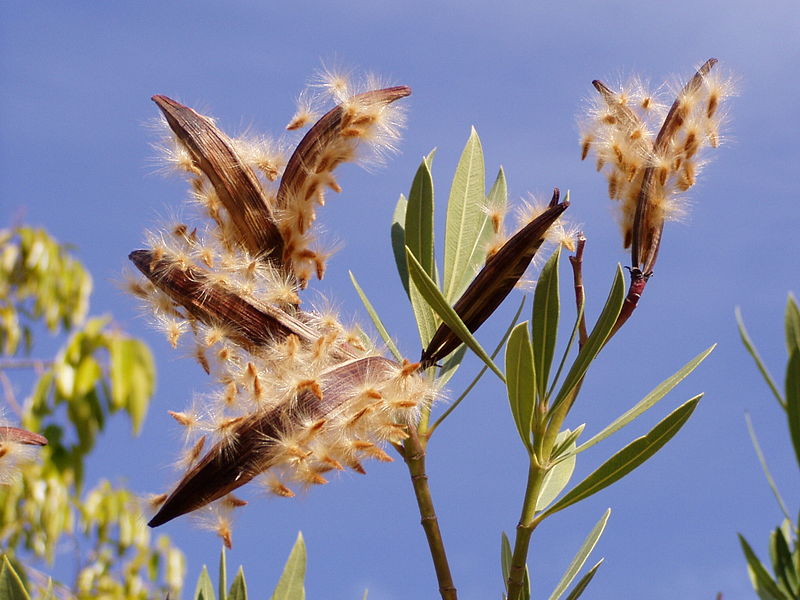
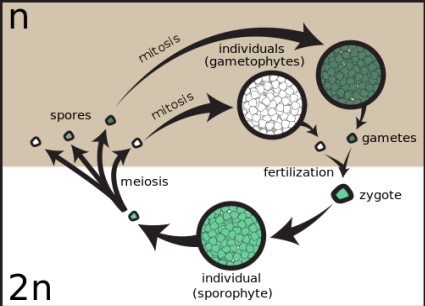
Nerium oleander, like all flowering plants, goes
through double fertilization. This process starts when the
pollen grain lands on the stigma of a plant. It then
creates a pollen tube that goes down through the style to the
ovary of the plant. Once it has reached the ovary two
sperm are released. One fuses with the egg to create the
diploid zygote. The other fuses with the multiple nuclei to
create the endosperm. This endosperm is the nutrient rich
part of the seed that the early zygote uses to germinate and
grow before it photosynthesizes for itself.
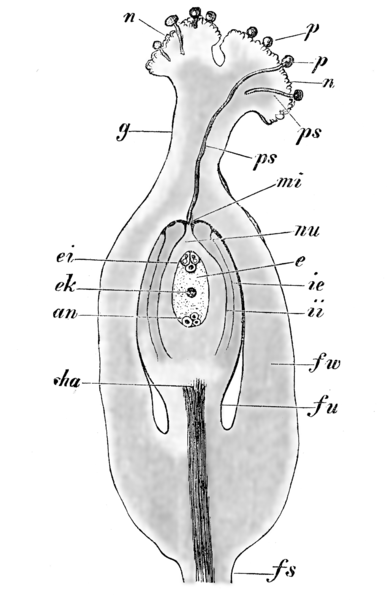
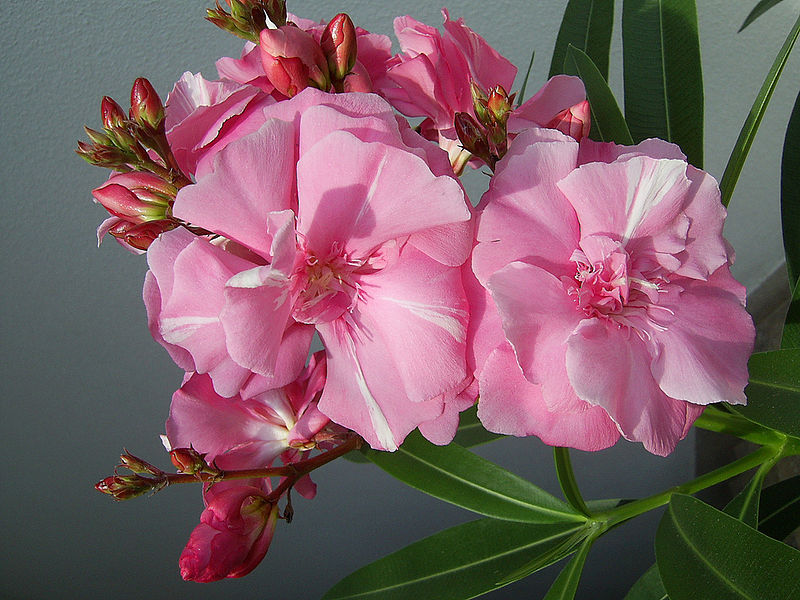
Home
Interactions





